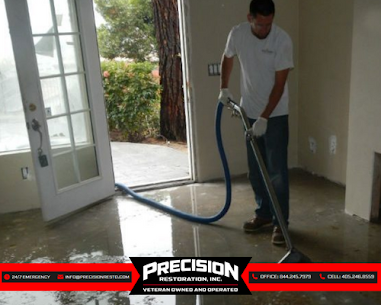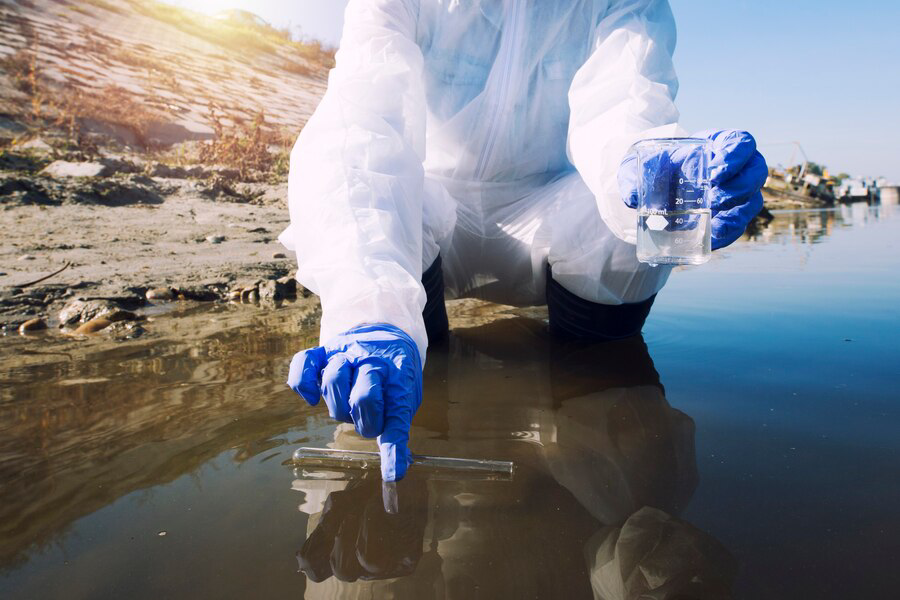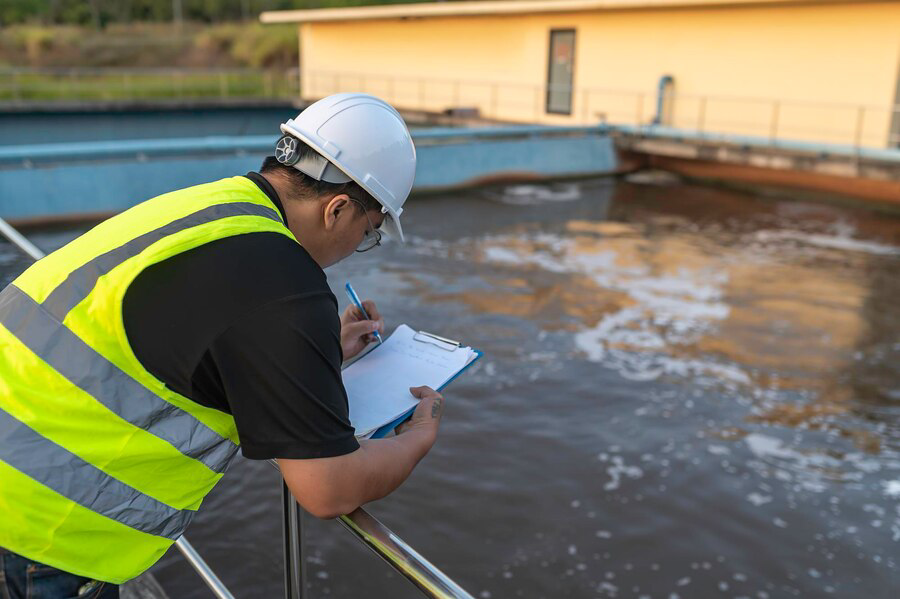Water damage can be one of the most devastating experiences for homeowners. Whether it’s a sudden burst pipe, an overflowing toilet, or severe weather flooding your basement, the impact can be immediate and overwhelming. This is where effective water mitigation comes into play. Rapid response not only saves your property but also helps you avoid costly repairs and emotional stress. In this blog post, we’ll explore the importance of quick action, the steps involved in the mitigation process, and tips to prepare yourself for potential water damage.
Understanding Water Damage

Water damage can occur in various forms and from different sources, making it crucial for homeowners to understand its implications. It’s classified into three categories: clean water, gray water, and black water. Clean water, such as that from a broken pipe, poses minimal health risks but can still cause structural damage. Gray water, from sources like washing machines, contains contaminants that can affect health, while black water, which comes from sewage or flooding, carries harmful pathogens and is the most hazardous.
Recognizing the type of water damage is essential for an effective response. Each category requires specific mitigation strategies to minimize damage and health risks. Prompt action not only helps preserve property but also protects the well-being of those living in the affected space.
The Importance of Rapid Response
When water damage strikes, swift action is essential to minimize destruction. The longer water remains in your home, the deeper it penetrates into walls, flooring, and furniture, potentially causing warping and significant structural issues. Addressing the problem immediately can prevent extensive repairs, preserving both your property and finances.
Moreover, rapid response is vital in combating mold growth, which can begin within 24-48 hours after water exposure. Mold poses serious health risks and can lead to further damage if left unchecked. Additionally, quick action helps protect personal belongings, from electronics to cherished items, ensuring they remain safe and intact during the restoration process.
Steps in the Water Mitigation Process
Now that we understand the importance of a rapid response, let’s break down the steps involved in the water mitigation process.
Assessment
The first step in water mitigation is assessing the situation. This involves identifying the source of the water, the extent of the damage, and the category of water involved. If you can safely access the area, try to locate the source and shut it off. This is critical for preventing further water intrusion.
Water Extraction
Once the assessment is complete, the next step is to remove standing water. This can be done with pumps or wet/dry vacuums, depending on the severity of the flooding. If the water is extensive, it’s often best to call in professionals who have specialized equipment for large-scale extraction.
Drying and Dehumidification
After the water has been removed, the drying process begins. High-powered fans and dehumidifiers are used to eliminate moisture from walls, floors, and furniture. This step is crucial for preventing mold growth and ensuring that all affected areas are thoroughly dried.
Cleaning and Sanitizing
Once everything is dry, the next step involves cleaning and sanitizing the area. This is especially important if gray or black water is involved, as harmful bacteria can thrive in such conditions. Cleaning solutions and disinfectants should be used to ensure the area is safe and sanitary.
Restoration
The final step in the water mitigation process is restoration. This could involve repairing or replacing damaged drywall, flooring, and other structures. Depending on the severity of the damage, you may need to bring in contractors to help with reconstruction.
Tips for Preparing for Water Damage
While we can’t always prevent water damage, there are steps you can take to prepare and minimize risks:
- Regular Maintenance: Regularly inspect your plumbing and appliances for leaks and wear. Replace aging pipes and hoses to prevent bursts.
- Install Sump Pumps: If you live in an area prone to flooding, consider installing a sump pump in your basement to help manage excess water.
- Know Your Water Shut-Off Locations: Familiarize yourself with the location of water shut-off valves in your home. In an emergency, being able to quickly shut off the water supply can save a significant amount of damage.
- Create an Emergency Plan: Develop a plan for what to do in case of water damage. Have emergency contacts handy and know when to call professionals.
- Consider Flood Insurance: If you live in a flood-prone area, investing in flood insurance can provide financial relief and peace of mind.
When to Call Professionals
While some homeowners may manage minor water damage independently, certain situations necessitate professional intervention. For instance, if flooding exceeds a few inches or spreads quickly, it’s wise to call experts equipped to handle such emergencies. This ensures effective water removal and prevents further damage to your property.

Additionally, black water, which includes sewage and contaminated sources, poses serious health risks, making professional cleanup imperative. If you observe significant structural damage or suspect mold growth following water exposure, it’s crucial to engage professionals. They have the expertise and tools necessary for safe remediation, ensuring that your home is restored to a safe and healthy condition.
Preparing Your Home to Prevent Water Damage
Preventing water damage begins with proactive measures around your home. Regular maintenance is key—inspect your plumbing and appliances for leaks or wear and replace aging pipes and hoses. Additionally, check your roof for missing shingles or cracks, as these can lead to leaks during heavy rain. Keeping gutters clean and ensuring proper drainage around your foundation also helps divert water away from your home.
Consider investing in water detection devices, such as smart alarms, which alert you to leaks early. Installing sump pumps in basements can also be effective, especially in flood-prone areas. By taking these preventive steps, you not only protect your property but also enhance your peace of mind.
The Hidden Risks of Delaying Water Mitigation
Delaying water mitigation can lead to severe and costly consequences. Even small amounts of water can seep into hidden areas of your home, such as behind walls or under floors, leading to structural damage over time. This can compromise the integrity of your home, making repairs more extensive and expensive than if addressed promptly.
Furthermore, the longer water remains, the greater the risk of mold growth. Mold can develop within 24-48 hours of water exposure, posing health risks to occupants and potentially leading to respiratory issues. By understanding these hidden dangers, you can prioritize rapid response to water damage, safeguarding your home and health in the long run.
Conclusion
Swift water mitigation is essential to protecting your property from severe damage and costly repairs. By preparing your home with preventive measures, such as regular maintenance and the installation of detection devices, you can significantly reduce the risk of water damage. Understanding the hidden risks associated with delayed response, like structural issues and mold growth, underscores the importance of acting quickly. If you find yourself facing water damage, don’t hesitate to reach out to professionals who can effectively manage the situation. In Oklahoma City, Precision Restoration, Inc. is here to help you restore your home and ensure your peace of mind.



